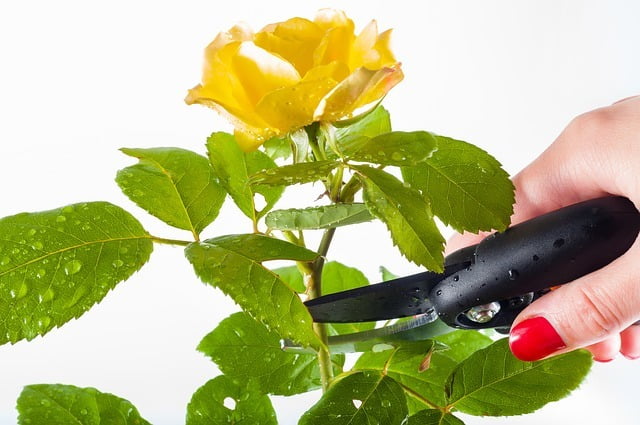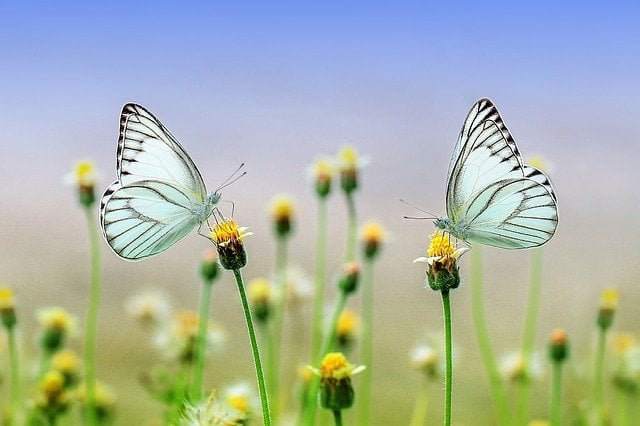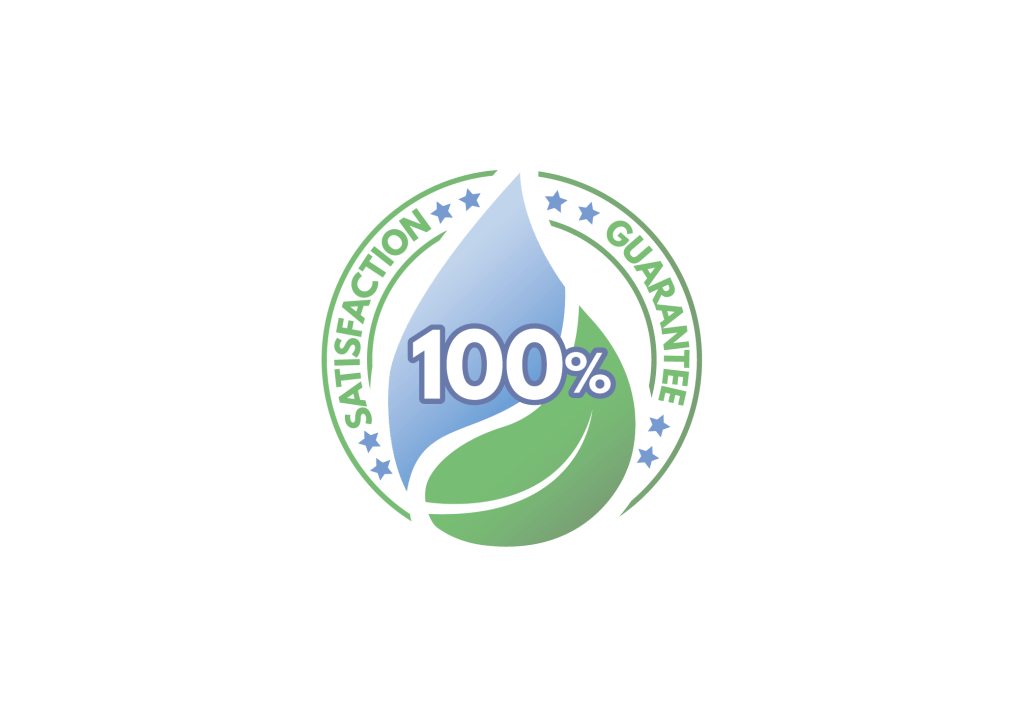Pruning Roses – A Short Guide

If you have roses, one of the things you might want to know is how much pruning roses need and what you should do with them.. There are several approaches when it comes to pruning your roses, based on what you’re looking to get out of your roses and their type. Roses that are newly […]
5 Great Flowers for Pollinators

Now that spring is finally here, it’s a great time to start attracting pollinators such as bees, butterflies, and hummingbirds to your garden. Ready to do that? Let’s look at some of the flowers that these helpful creatures love. Attracting Pollinators 1 – Swamp Milkweed This plant has a large and bright blossom, and they’re […]

